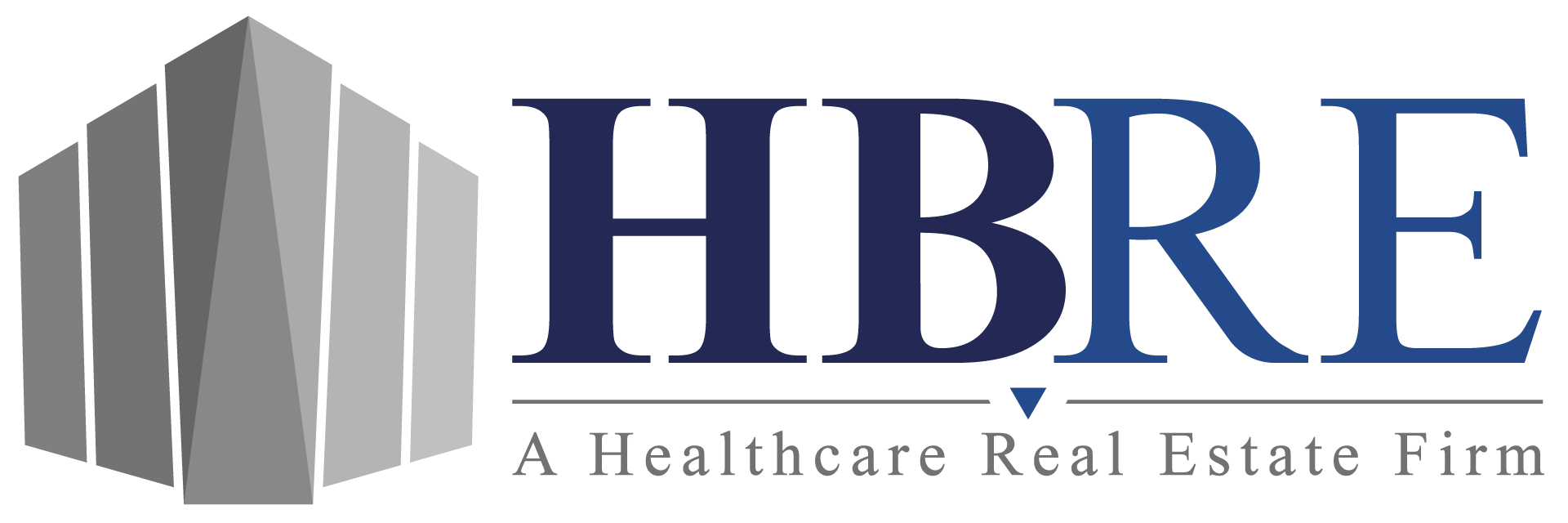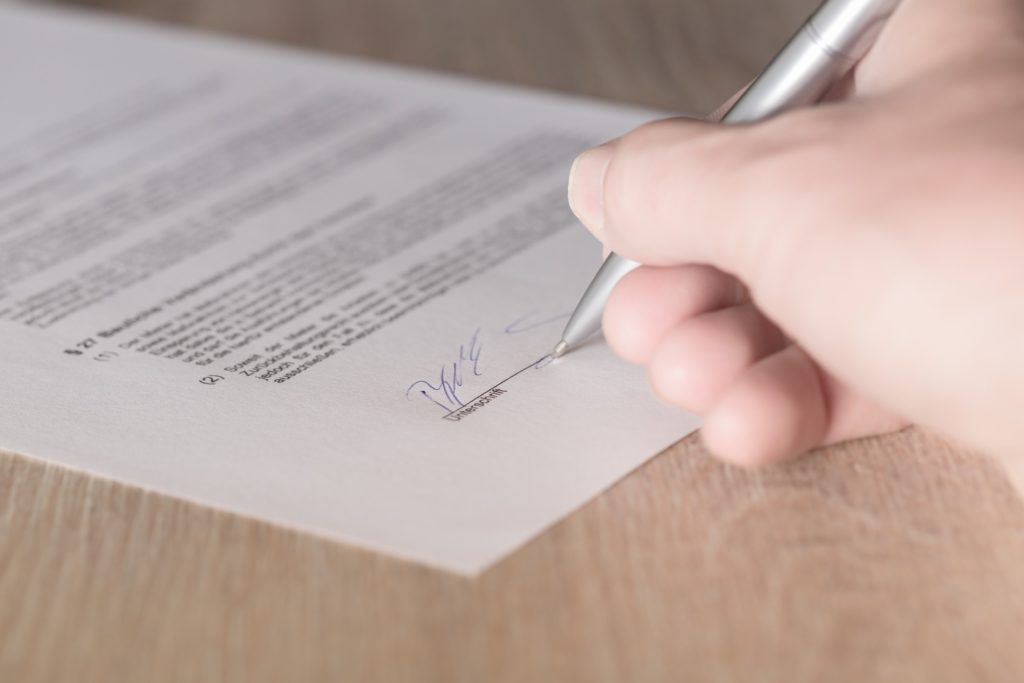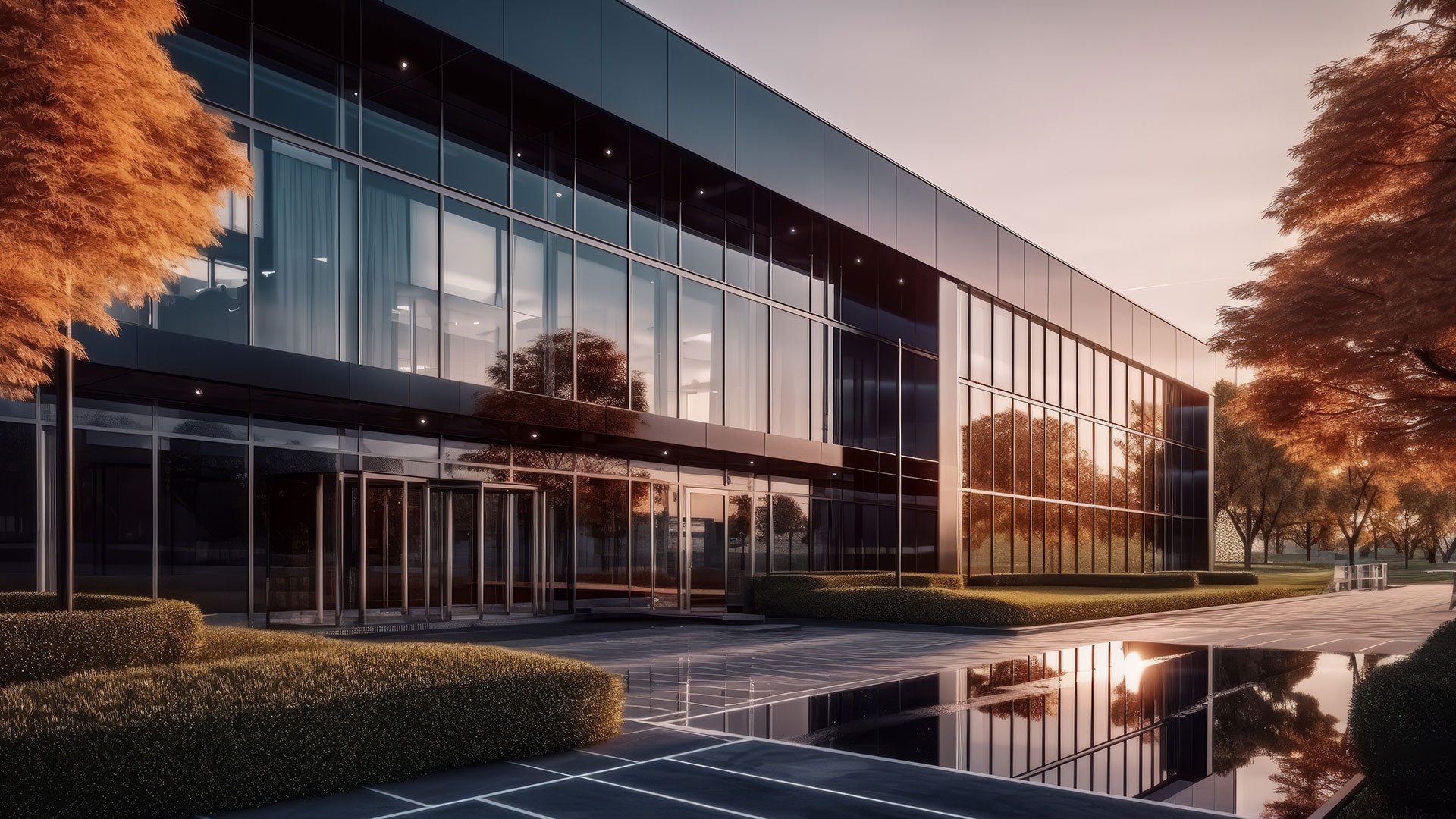If you’ve been the owner of commercial real estate or have otherwise been involved in commercial real estate transactions for a few years, chances are that you are familiar with the sale-leaseback transaction. Many people have a general understanding of the concept of a sale-leaseback, due in large part to the name itself, which basically describes the transaction. A sale-leaseback occurs when a real estate asset is sold to a buyer who then leases the property back to the seller via a long-term lease agreement. Many sale-leaseback leases are written with longer than normal terms of at least 10-15 years, and in many cases, over 20 years in duration.
The sale-leaseback is a desirable option for many commercial real estate sellers, including medical office building (MOB) sellers, in that it provides several potential benefits to the seller including:
- The sale of the real estate generates cash for the seller, who can then pay down debt, improve the balance sheet of the organization, and if structured correctly, may also be able to deduct all of the future rent payments instead of being limited to the interest portion of payments that would be otherwise paid to service the mortgage loan on the property.
- Because the sale-leaseback traditionally creates a long-term lease of 15-20 years or more with a triple-net lease arrangement, the seller may still retain almost complete operational control over the property, including the ability to make improvements to the property.
- In addition to converting the equity of their property into cash, the seller may be able to receive, after capital gains taxes, up to 100% of the value of the real estate compared to a traditional mortgage financing structure which usually only provides up to 60%-80% of the property’s value.
- If a building is in need of repairs and the current owners are planning on continuing to operate their business for years to come, a sale-leaseback could be structured wherein the buyer purchases the real estate asset for a discounted price with the requirement that the buyer applies the discounted portion of the purchase price toward upgrades and improvements to the property, such as modernizing the lobby, or updating the restrooms. Through this type of transaction, the sellers cash out and also get a renovated building to work in, potentially throughout the remainder of their careers.
As with any real estate decision, including a sale-leaseback transaction, where the transactions are fact dependent and could present advantages and disadvantages to the seller or buyer depending on the specific situation, you should consult an accounting, tax, legal or other competent professional.
Legal Disclaimer
The information in this document is provided with the understanding that the authors and publishers are not herein engaged in rendering legal, accounting, tax, or other professional advice and services. As such, it should not be used as a substitute for consultation with professional accounting, tax, legal or other competent advisers. Before making any decision such as a real estate real estate decision, including a sale-leaseback transaction, or taking any other action, you should consult an accounting, tax, legal or other competent professional. Real estate decisions, like most other business transactions, are fact dependent and could present advantages and disadvantages to the seller and buyer depending on the specific situation.




